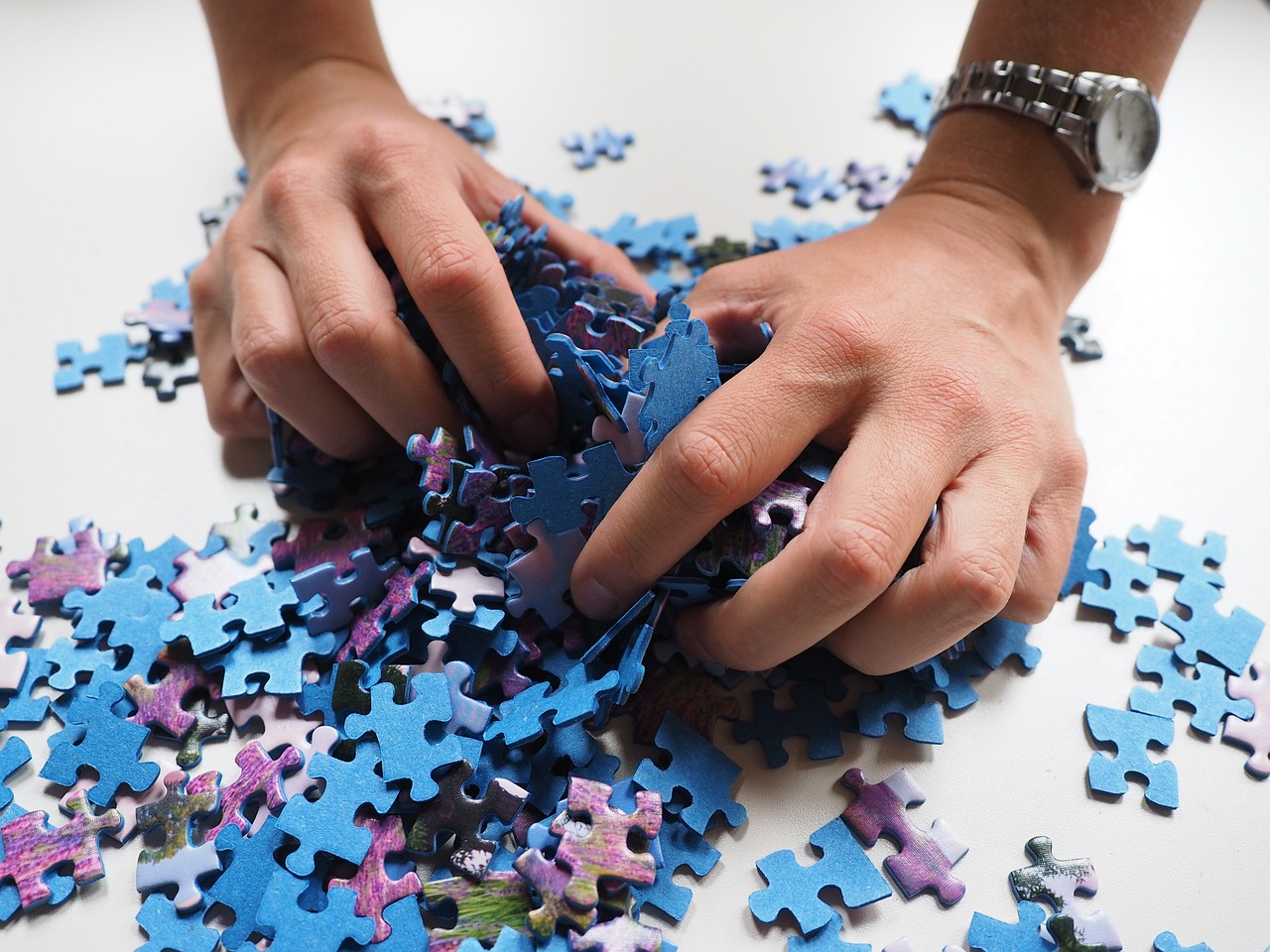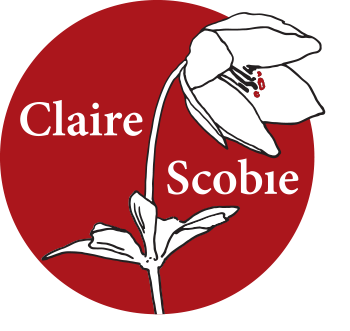
02 Oct What is a plot?
Last weekend I went to a puzzle room in Sydney with my family. These are the latest craze to come over from the US and UK. Basically, you are given clues and your team has to escape the themed room (s). We didn’t finish in time but we had fun — without too many arguments — unlocking padlocks, dodging lasers and decrypyting safes as the minutes ticked down.
In a puzzle room each step has consequences for what comes next. This is the same as a plot in a story — my current writing focus.
Ever since Aristotle, writers have debated the meaning of plot. Simply put, it is a series of actions or a causal sequence of events that create a story. Note the word ‘causal’ here. Unlike real life, plot requires cause and effect. There needs to be a connection between events.
In the words of Gotham Writers’ School, ‘Plot makes fiction coherent by drawing together all the characters, settings, voice, and everything else around a single organising force.’
The plot should come from within the character, rather than from outside. This means through the relationship between characters, the actions of the characters and most importantly of all, decisions made by the protagonist.
In essence, a protagonist drives a plot by the way he or she reacts to events.
Here are 12 KEY ELEMENTS OF PLOT
- A plot often boils down to one protagonist who has a major goal. Pursuing this goal is what the story is about. This goal has to matter.
- In literary fiction, the goal may be more subtle like coping with the loss of a partner. In commercial fiction, it needs to be more obvious like the boy wants the girl or the girl has to save the world.
- The motivation for the goal has to be clear and consistent throughout the book. It needs to be set up as early as possible. The exact definition of the goal can shift so at the beginning the protagonist may want to get shelter (a basic need) but once she’s achieved that, she may pursue another goal (learning to read and write) in order to ultimately achieve her real goal (find and be with the man she loves).
- Even though the goal changes, as thriller author and writing mentor, Laurence Daren King says, ‘the basic motivation doesn’t shift at all… [but] the jeopardy must increase. At the outset of a novel, the goal has to matter. By the end, it has to matter more than anything else in the world… If the jeopardy doesn’t increase, the reader will get quickly bored.’
- I like to boil down the plot to the major dramatic question or MDQ . This is the reason that underpins the narrative and like an engine, drives the story forward. So, will the boy get the girl? If that is your MDQ, by the end of the story you need to have answered that question.
- Once you’ve clarified the goal of your protagonist and the motivation, you can then put obstacles in front of him/her to stop them achieving his/her goal. This creates conflict.
- Plot depends on conflict. The more obstacles in the path of the protagonist, the harder it is to reach his/her goals.
- Obstacles should be both internal and external. If they are just external, it’s going to be a one-dimensional narrative. By internal, I mean emotional weaknesses or a backstory wound such as the character is terrified of being left alone because her mother abandoned her as a child. In the story, the protagonist has to overcome this fear in order to grow and change.
- In general, a plot has a beginning, middle and end. In the last third, you build to a crisis, climax and resolution. By the end the answer to the major dramatic question has been resolved.
- You usually kick off the story with an inciting incident or first major plot point.
- Foreshadowing is a way to plant seeds and symbolic references early in the narrative which have a pay-off later. This also creates suspense and gives the impression that everything that happens in the story happens for a reason — not just because you’ve randomly added it.
- And lastly, back to Laurence, ‘Every scene and every chapter must keep the protagonist off-balance – things may get better for him/her, or worse, but they need to be constantly changing. Your story has to move.’ This means your scenes have to work hard for you. Just having a scene to include backstory isn’t enough, your protagonist needs to change from the beginning to the end of the scene.
Over to you: do plots drive you plotty? Or are they second nature?

Thanks, Claire. I found this to the point and helpful. Cheers.
Thanks Meredith! Glad you did, Claire.